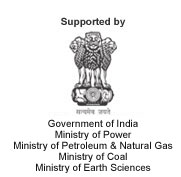As the global diesel demand increases, one of the major problems faced by the refineries is to meet higher diesel demand. The increase in demand of diesel-powered passenger vehicles led to the shift in the demand of diesel from gasoline. There is strong surplus of gasoline production than middle distillates. Also the opportunities to incorporate naphtha into the gasoline pool are continuing to decline day by day, as a result, naphtha is creating problem to the refineries.
Dieselization can be considered as a solution to this problem. Dieselization is commonly applied in oil refining industries to shift yields towards diesel by crude selection, low severity fluid catalytic cracker operation and increased hydrocracking and residue upgrading.
In this paper, emphasis is given to the ways to achieve both an increase in diesel output and a decrease in naphtha and gasoline production. Some of the conventional options that refineries can consider are well known. But authors mainly discussed on unconventional methods like blending of different components, for example some of the simpler (mono-branched) isoparaffins and alkyl benzenes which leads to much larger existing diesel pool. The preparation of poly-diesel by oligomerisation is also taken into account. Another option is the use of olefin components (obtained from LPG and FCC light naphtha) using aromatic alkylation and later hydrogenating them to produce alkyl-cycloparaffins. Also the Syngas obtained from Steam reforming naphtha unit can be utilized to produce more middle distillates via Fisher Tropsch process.
|







